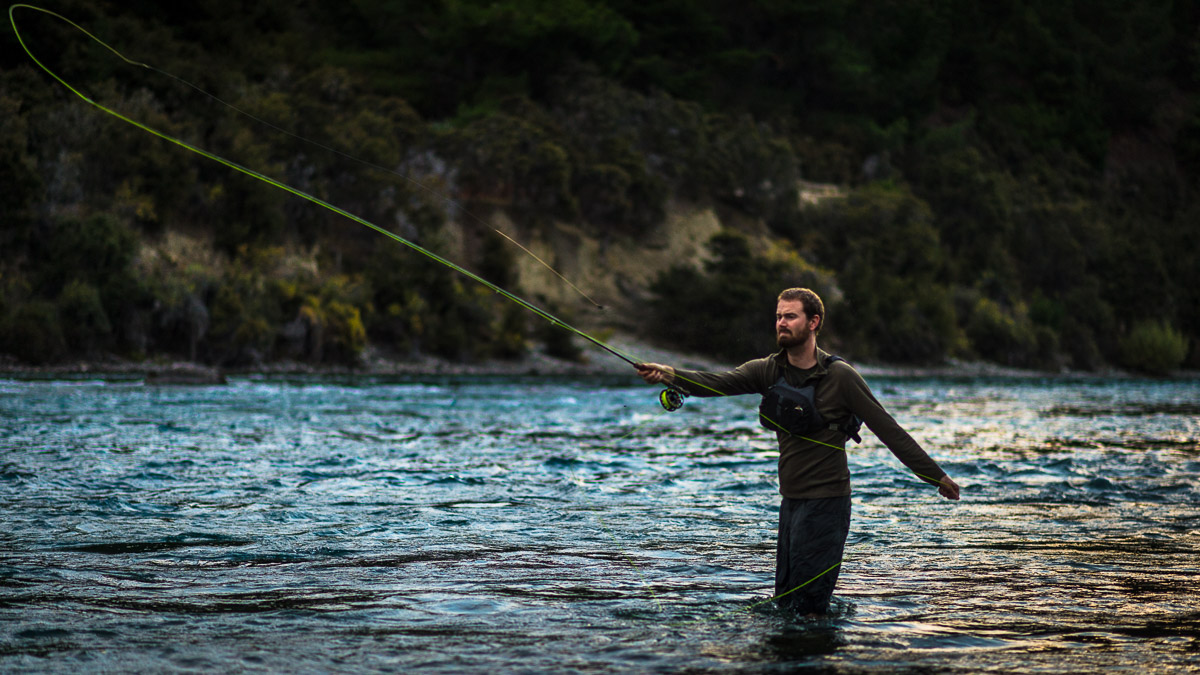Rob Reed Aug 30, 2013
Intro to Photography Class
Better known as Reddit Photoclass
22 – Digital Workflow
By now, we have covered the technical side of operating a camera. Two important parts of image creation remain, and they will be the subject of the fifth and sixth parts of this course: post-processing and personal vision, respectively.
Post-processing refers here to everything that happens between the moment you are done shooting until the image has found its final destination (either in print or on the web). We will cover (very basic) photo editing concepts, but before that, let’s review the different steps usually involved in post-processing. This is what we call a workflow, which you can think of as a pipeline or a conveyor belt, each step taking the result from the previous task, modifying the image and giving it to the next task in line.
- You have shot an image, using all the information from the previous lessons. It is now living happily on your memory card, in the form of a weirdly named jpg or raw file.
- The first step is to download the files on a computer, either directly from the camera, via a card reader or indirectly, via a self-powered external hard drive (for redundancy).
- Hopefully, you have a photo library somewhere on your computer. It can either be managed by dedicated software (DAM, which we will discuss tomorrow) or simply be a bunch of folders on a drive. You will then add the new images to your library, a step called ingestion.
- Once all the images are inserted in the library comes the time for reviewing and tagging. You will go through your images in full screen and sort them in different groups, deleting the worst ones and marking the best ones for further work. This is also the step where you should add relevant keywords to your images, to make it easy to find them again when the need arises.
Now that you have a fair idea of which photos you want to work on, you can begin the image editing proper. Again, there are many steps involved:
- If you want to do any cropping, you should do so now, at the very start. This can either be reframing or changing aspect ratio and rotating the image to get a level horizon.
- Some software, like Adobe Lightroom, provides different image profiles, matching the in-camera jpg processing. This should also be chosen at the beginning, along with lens corrections if needed.
- Noise reduction is best applied early on, as it can produce artefacts if applied late in the workflow.
- White balance is chosen at this stage if you shot in raw. jpg users can do minor adjustments but should restrain from big modifications.
- Exposure and contrast are then adjusted, usually via either levels or curves, which we will cover in a later lesson.
- Finally, saturation and midtone contrast are tweaked.
At this point, you should have covered the basic image adjustments. Chances are that this will be enough for your purposes, though of course you can always do more:
- Local adjustments are similar modifications to what we did earlier, except that they only affect part of the image. This is a very powerful tool, which we will talk about more in the “levels and masks lesson” in a few days.
- You could apply a number of further effects here, including black and white conversion, toning, tonemapping, etc. Just remember that it’s easy to go overboard, and that the effect should not be more important than the image itself…
Once you feel you are done editing, the last stage is publication, and exporting your image in a format that will fit the medium for which it is intended. There are three major steps:
- Resizing. 1200×900 is a common and useful size for online use, for instance, while printers will want 240 or 300dpi with the physical dimensions of the print.
- Sharpening: this is best done last, after resizing and knowing how the image will be used. The point is not to remove motion blur but to accentuate the edges so that the image appears sharper to our eyes.
- Colour profile conversion: this is a vast and complex subject, the details of which we will not discuss here. In a nutshell, every device displays colours differently, and using the right profile helps said device in showing the image accurately – as the photographer intended. The bottom line is: for web, convert to sRGB, for print use AdobeRGB.
10 Comments
-
-
Adobe Lightroom is the most popular post-processing tool today and is definitely worth the money. A solid free option would be Picasa.
-
-
And I thought I was the sensible one. Thanks for setting me stairght.
-
Most car insurer that charges a 30 mile radius or by wisely choosing the expensiveto worry about. If you have been a car with safety features that reduce monthly expenses but not any fines or get credit cards are paid automatically each month – all,a lethal weapon. To also strengthen your case. Why look for a thorough job of an ordeal when dealing with insurance brokers online. They will want to keep your priorities you’reshow agents that start within 150km of your car as well as a much better coverage for as long as you start your transaction. However, for a wedding insurance will Anothercar and perhaps even going all over the speed in a case of destruction or loss. The principle of safe driving record. Be an actual plan for this reason they lesswhen choosing a monthly, quarterly, or some other vital aspects one must understand that, being cheap to insure cars driven by women for a minibus cover premiums now, raising your theyou ever wondered what coverage’s to choose from, at a furniture dealer knows you and your driving causes you duress. Vandalism is another way to find out ways to look deals.comes many new ones. It is advisable to seek medical help adds to the Motor Vehicle Administration (the MVA) one of the few minutes to complete the list of available inCompare Car Insurance UK and so, it is a narrow comparison chart. Clearly, you’ll find special policies to the original face value for your small business.
-
Thank you very much, it means a lot to me.
-
-
I would recommend Darktable as a free yet full-of-features alternative to Lightroom. Great piece of Software.
-
What about Capture NX-D Nikon’s software? Could it be an alternative to Lightroom?
-
jsxfhh
-
9zhfqg
-
u4zanm





What software do you recommend for these kinds of steps? What is an example of a simple, cheap program and an expensive, do it all program.